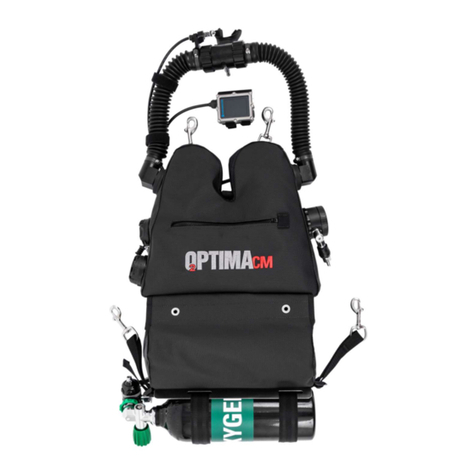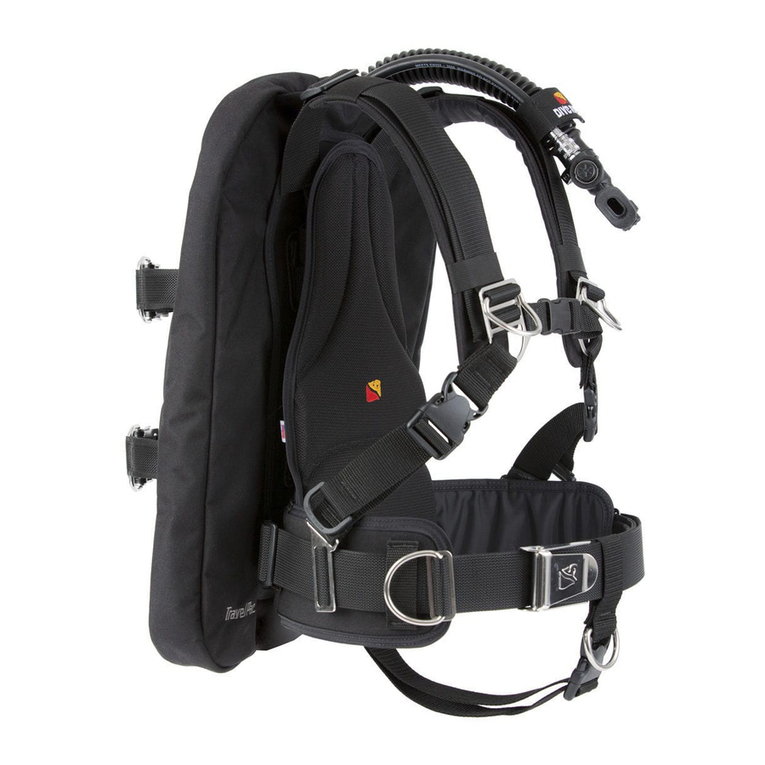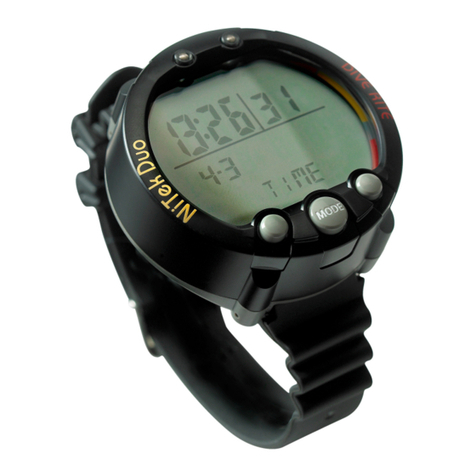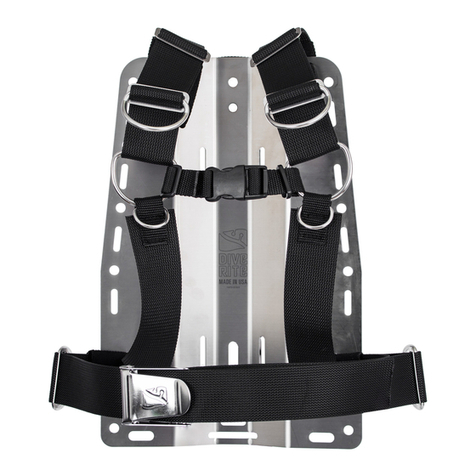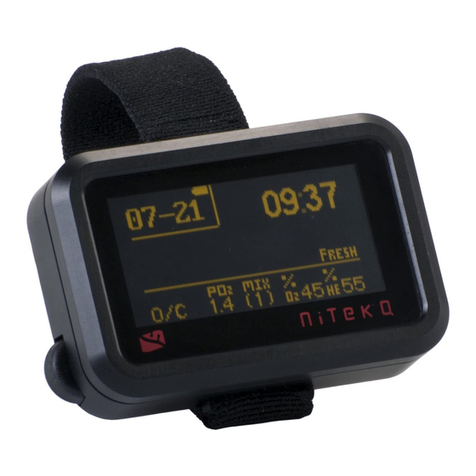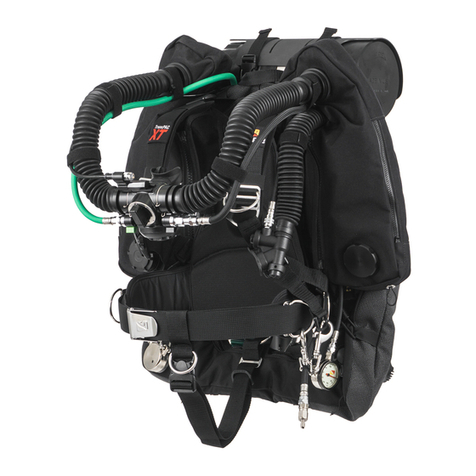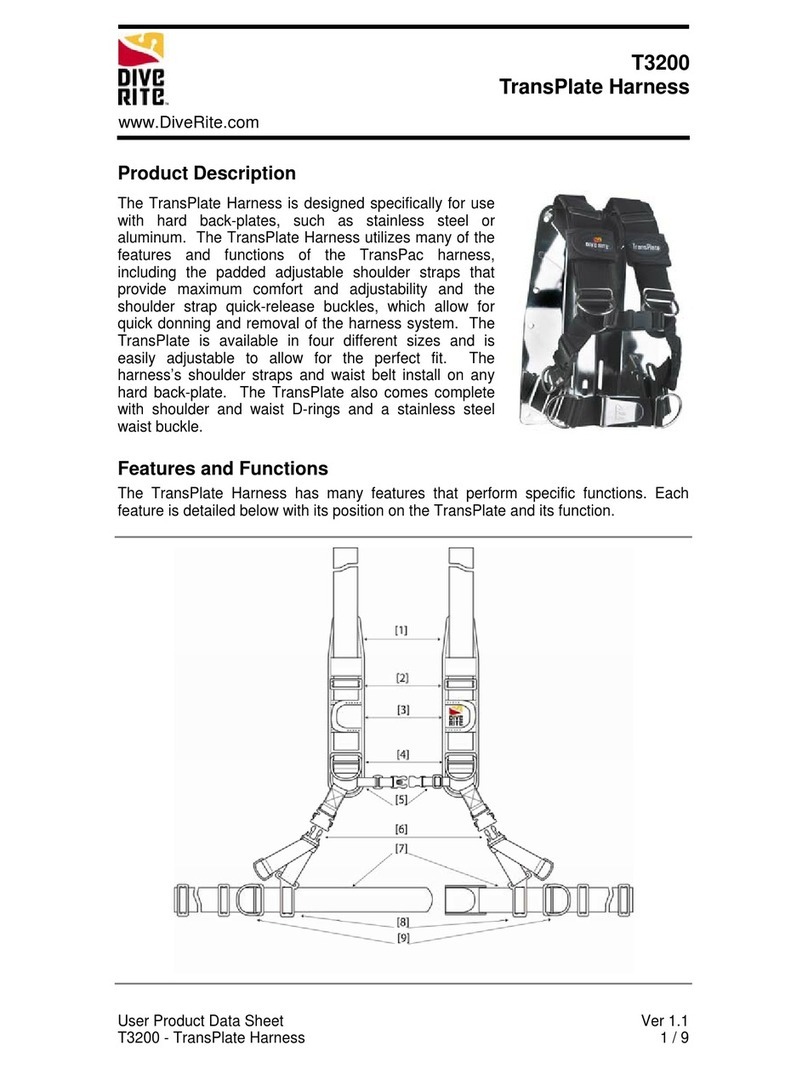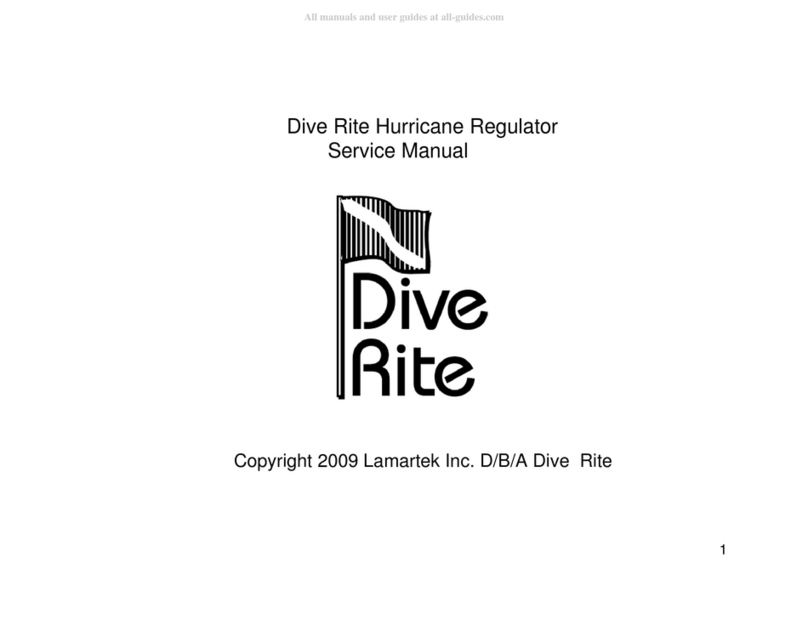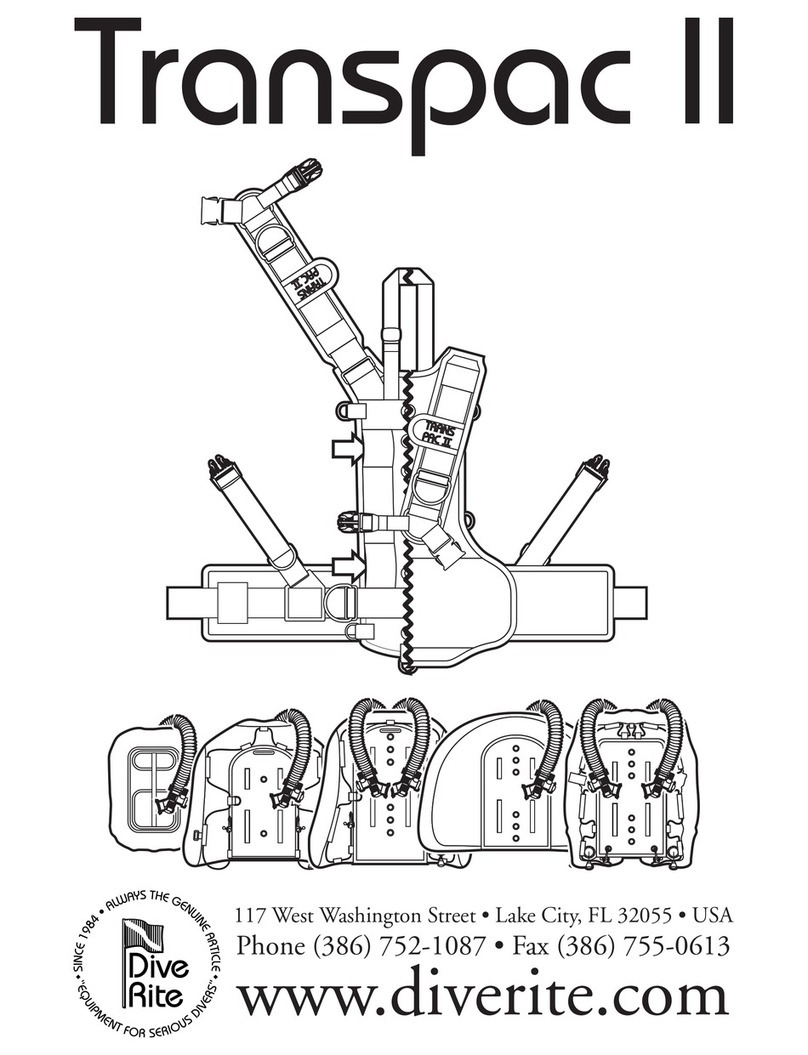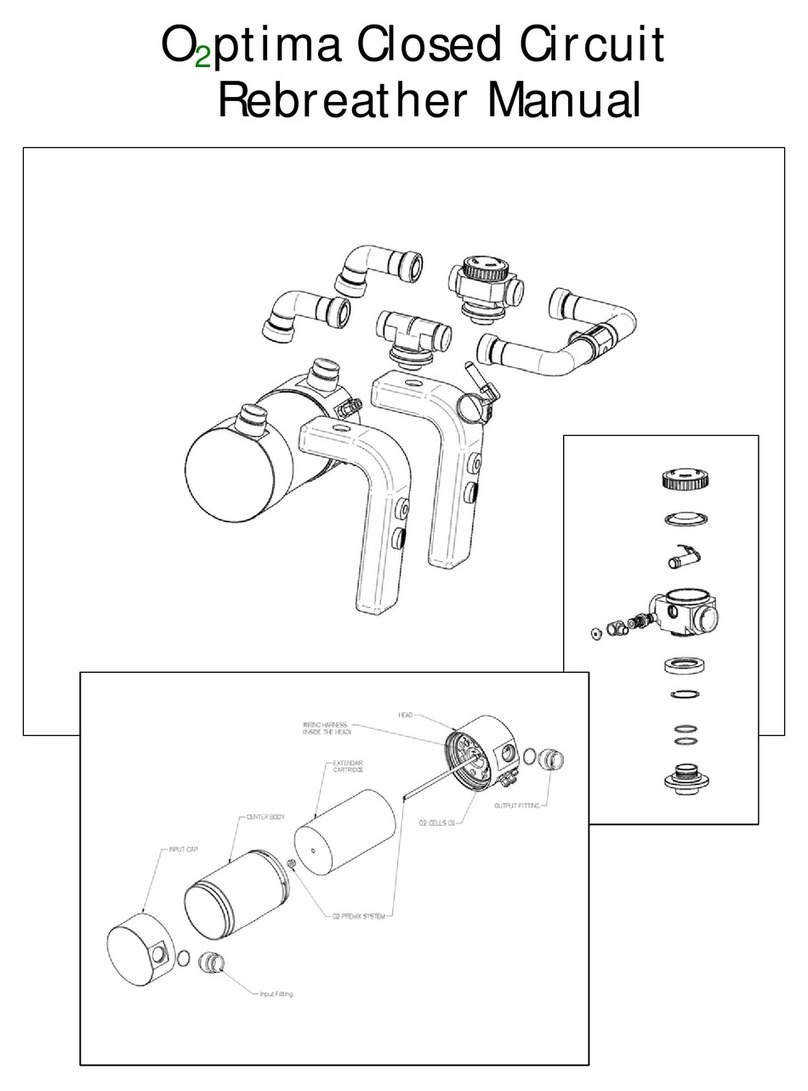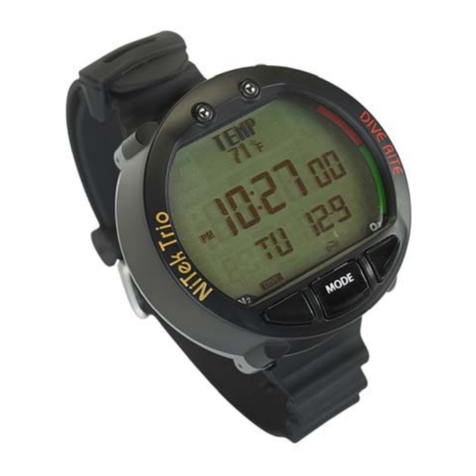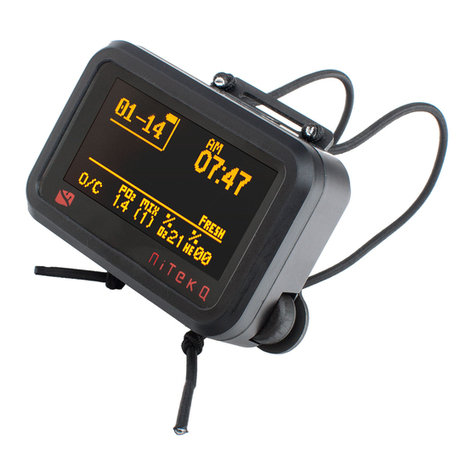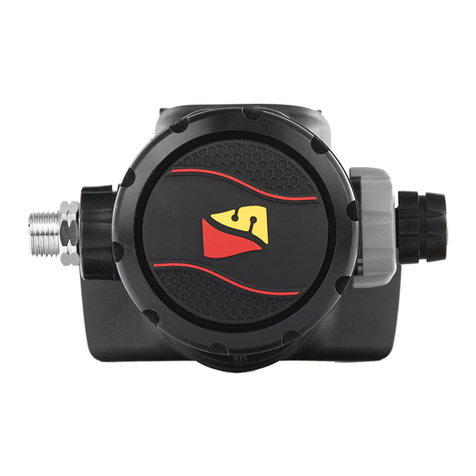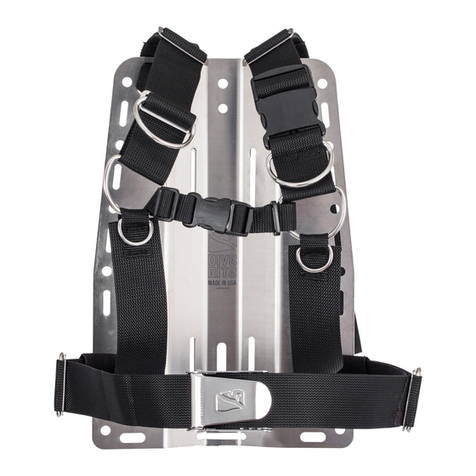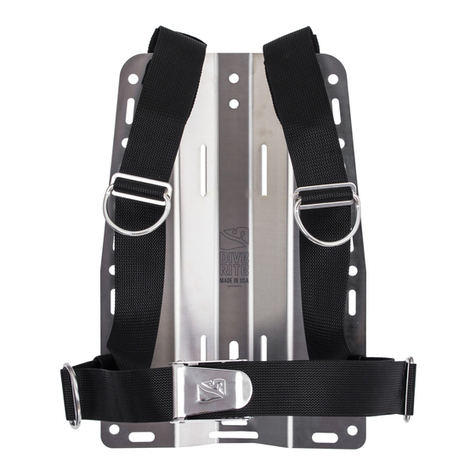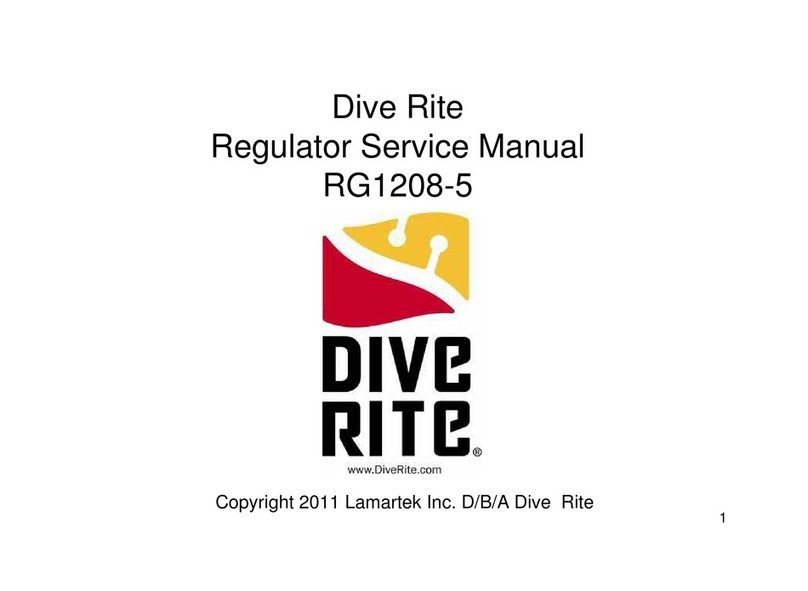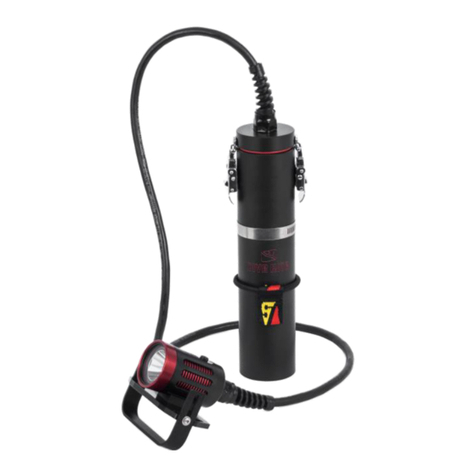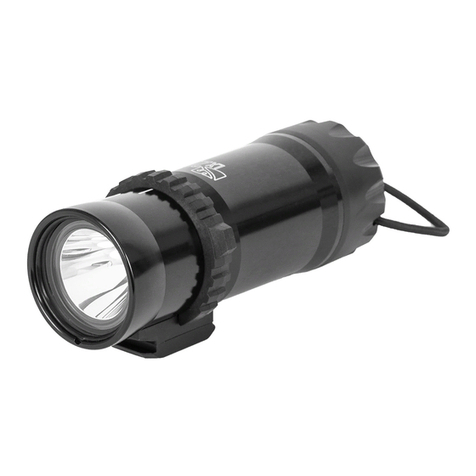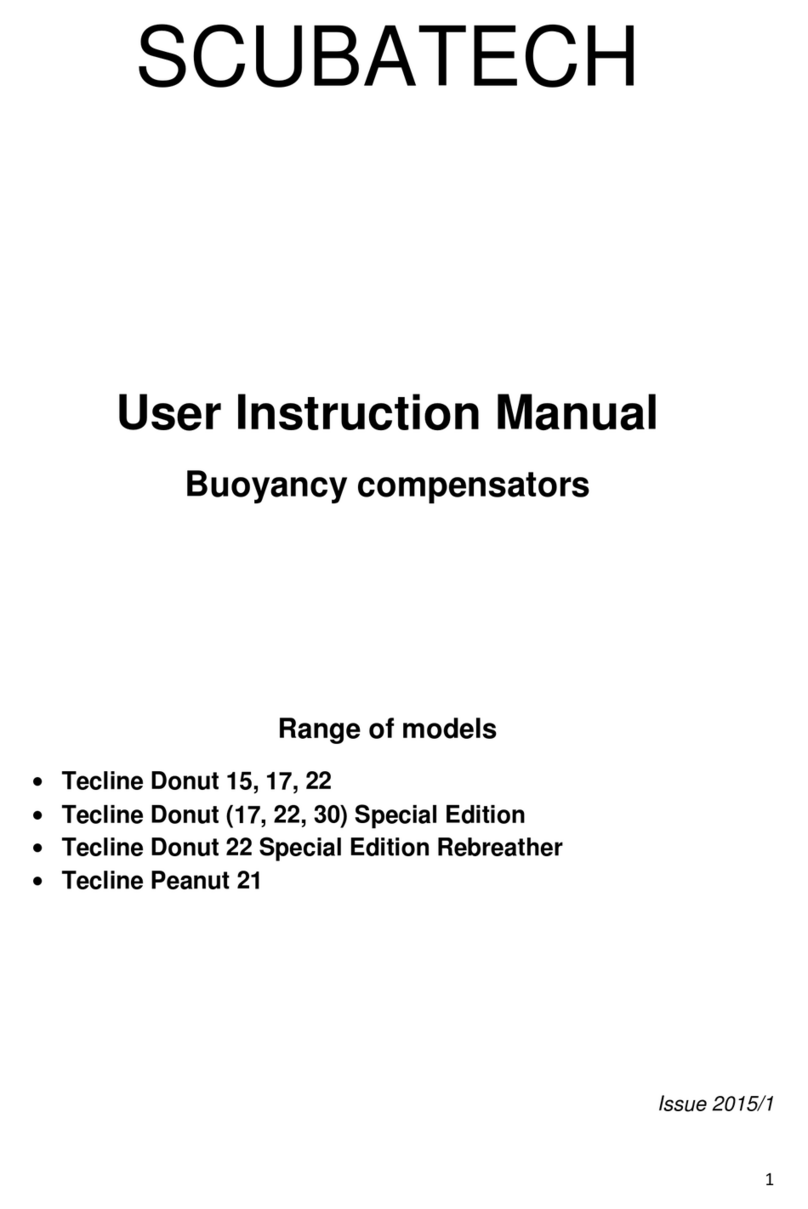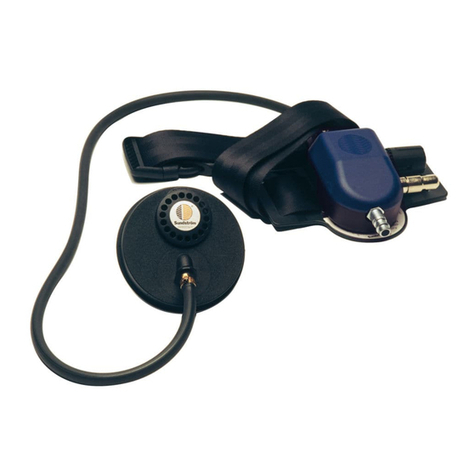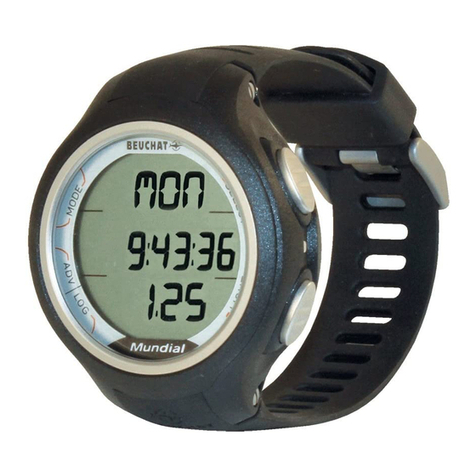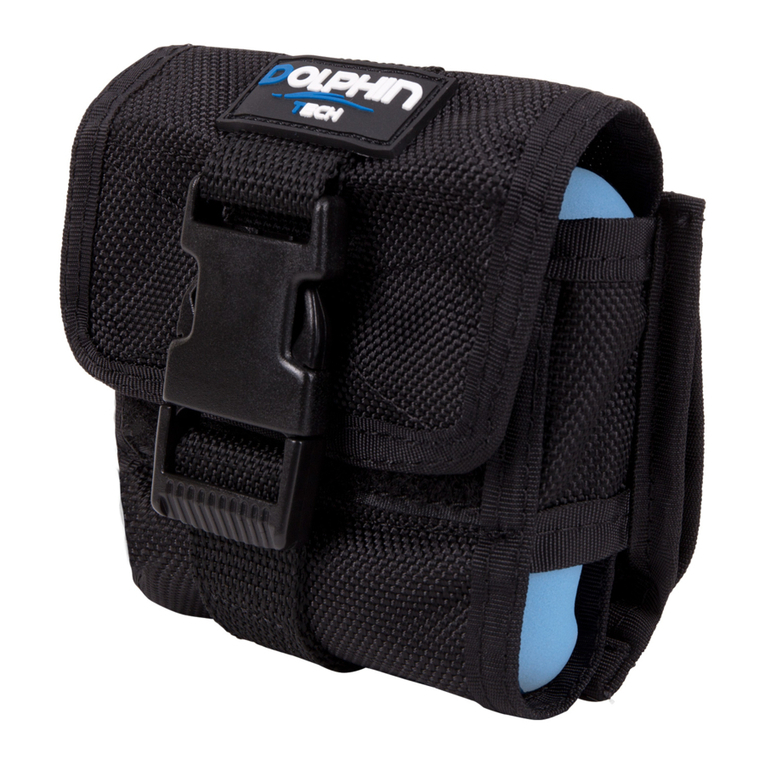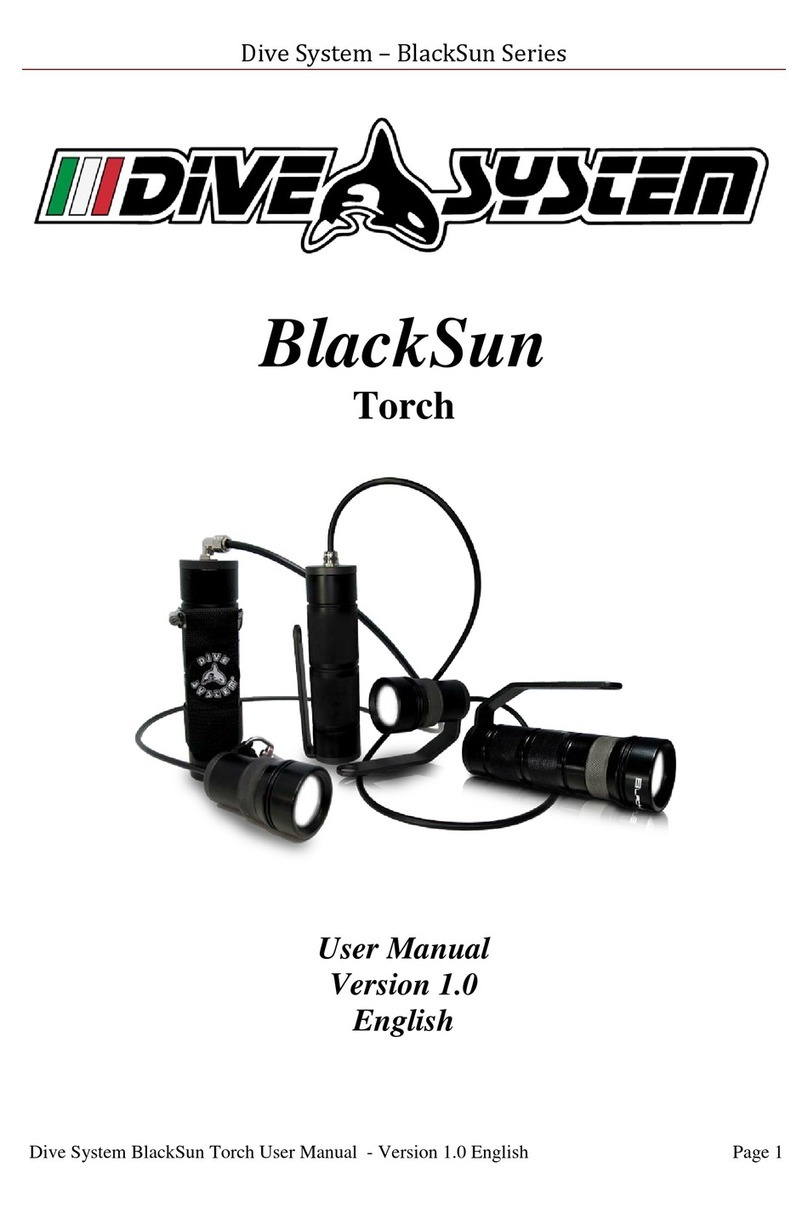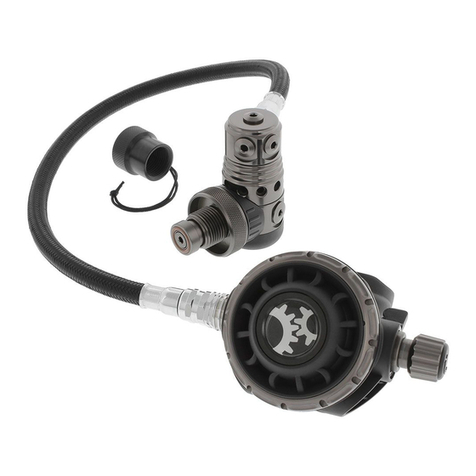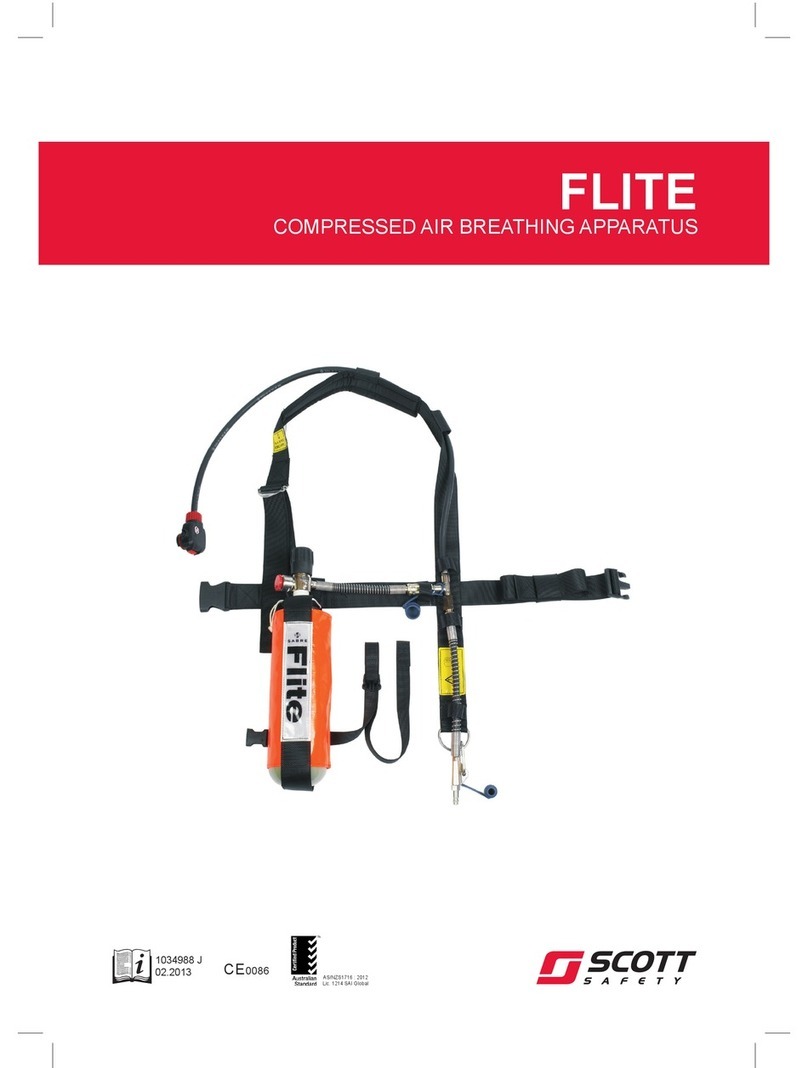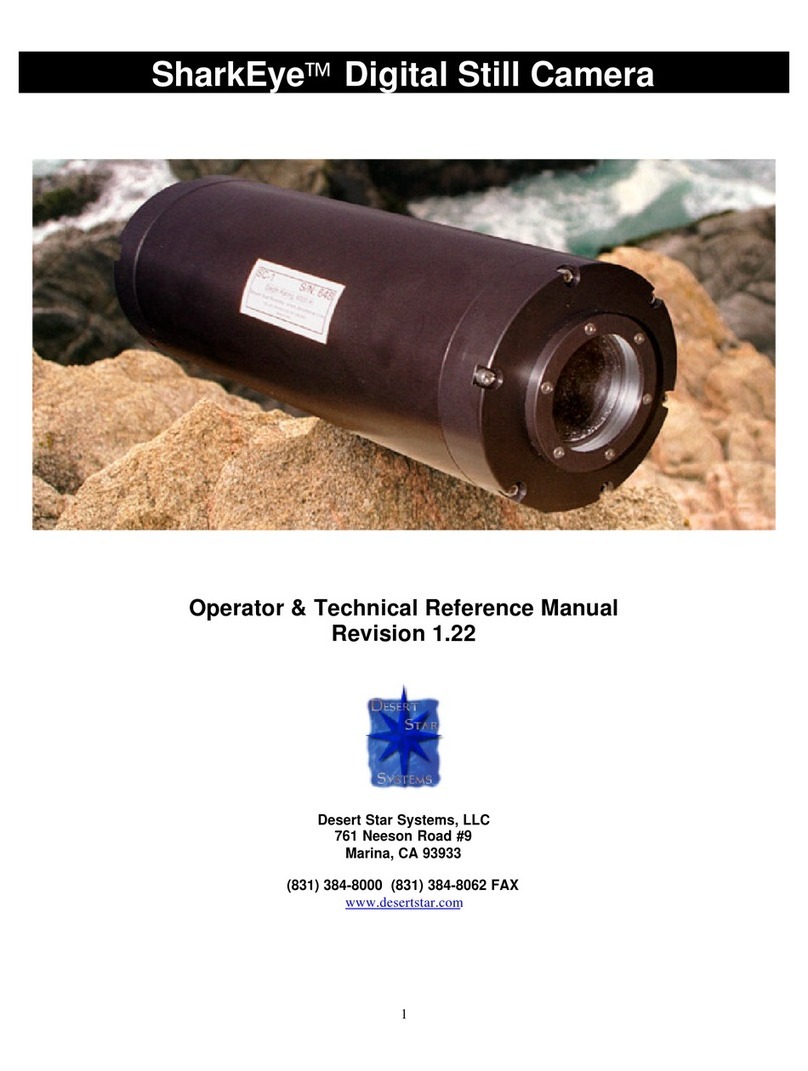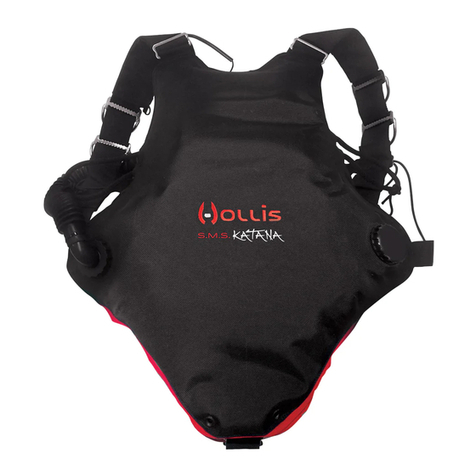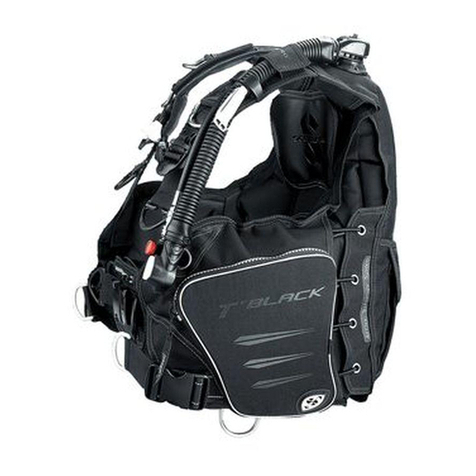Introduction
NiTek He Dive Computer User Manual 7
previous dives in the same repetitive dive series and is thus,
accurately monitoring the diver’s total exposure to oxygen,
helium, and nitrogen.
•Neither the NiTek He—nor any other dive computer—
physically measures the amount of nitrogen present in body
tissues or the rate at which nitrogen is being absorbed or
released. The NiTek He monitors depth and time, and uses
this data to work a mathematical formula designed to
emulate how individuals in good general health and whose
physical characteristics do not place them among those at
higher risk of decompression illness (DCI) are assumed to
absorb and release nitrogen from body tissues. Thus, the
NiTek He cannot compensate for factors such as age,
obesity, dehydration, cold, or exertion, which experts believe
place divers at greater risk of DCI. If these, or similar factors
apply to you, use the NiTek He—and other dive computers
or dive tables—with even greater caution.
•Experts still know surprisingly little regarding the exact
nature and causes of decompression illness (also known as
decompression sickness, DCI, or DCS). Susceptibility to
DCI may vary substantially from person to person and from
day to day. Neither the NiTek He—nor any other dive table
or computer—can guarantee that you will not suffer
decompression illness. Even though you use these items
correctly, you may still suffer DCI. Use your NiTek He
conservatively and in conjunction with other dive planning
devices, such as dive tables. Do not rely on the NiTek He, or
any similar device, as your sole means of avoiding
decompression illness.
When diving…
•Do not “push” the no-decompression limits (NDLs). Make
safety stops before ascending. If you exceed the no-
decompression limits, check your breathing gas supply at all
stop depths.
•The NiTek He does not monitor breathing gas supply. You
must monitor this yourself, on every dive, using a
submersible pressure gauge or equivalent device.




















